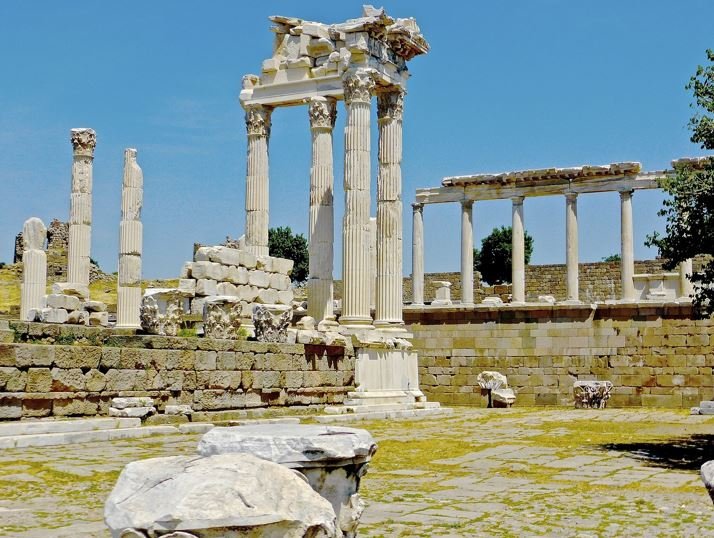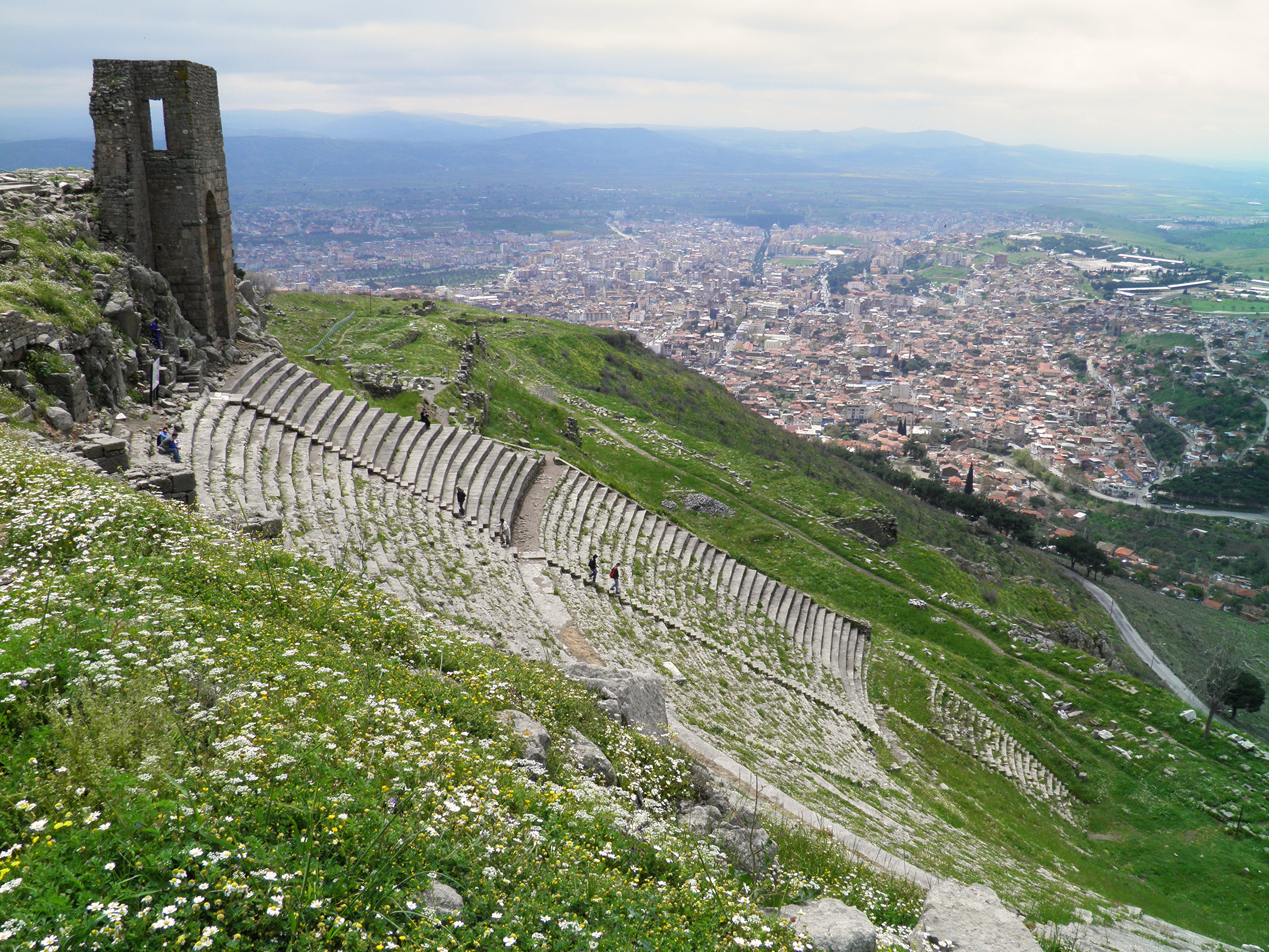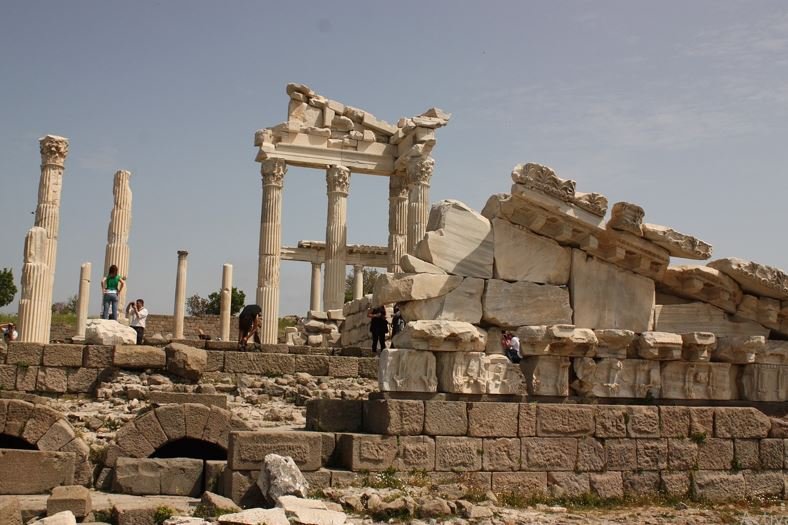Pergamon, located in modern-day Turkey, was one of the most influential cities of the Hellenistic period. Known for its impressive Acropolis, Altar of Zeus, and vast library, it was a hub for cultural, architectural, and intellectual achievements. The city’s unique contribution to medicine, particularly through the Asclepieion, made it an ancient center of healing, blending therapeutic practices with spiritual elements. Under the Attalid dynasty, Pergamon flourished, but after its incorporation into the Roman Empire, it continued to be an important political and cultural center.

Key Achievements of Pergamon
The Altar of Zeus was a stunning example of Hellenistic sculpture, becoming one of the architectural wonders of its time. Pergamon’s library, rivaling Alexandria’s, housed over 200,000 scrolls, and it was here that parchment (pergamenum) was introduced. The Asclepieion, an ancient medical center dedicated to Asclepius, offered groundbreaking treatments and attracted patients from across the world.

Decline and Modern Legacy
The city’s eventual decline occurred due to shifting trade routes, invasions, and natural disasters. Today, Pergamon is a UNESCO World Heritage Site, preserving its ruins and offering insights into the diverse historical layers from ancient to modern phases. Visitors can explore key sites like the Acropolis, the Red Basilica, and the modern town of Bergama, where Ottoman-era buildings incorporate elements of the ancient city.

Conclusion
Pergamon’s legacy as a center of knowledge, culture, and architectural brilliance continues to resonate. From its intellectual contributions to its role in the Roman Empire, Pergamon remains an enduring symbol of the sophistication of ancient civilizations.

